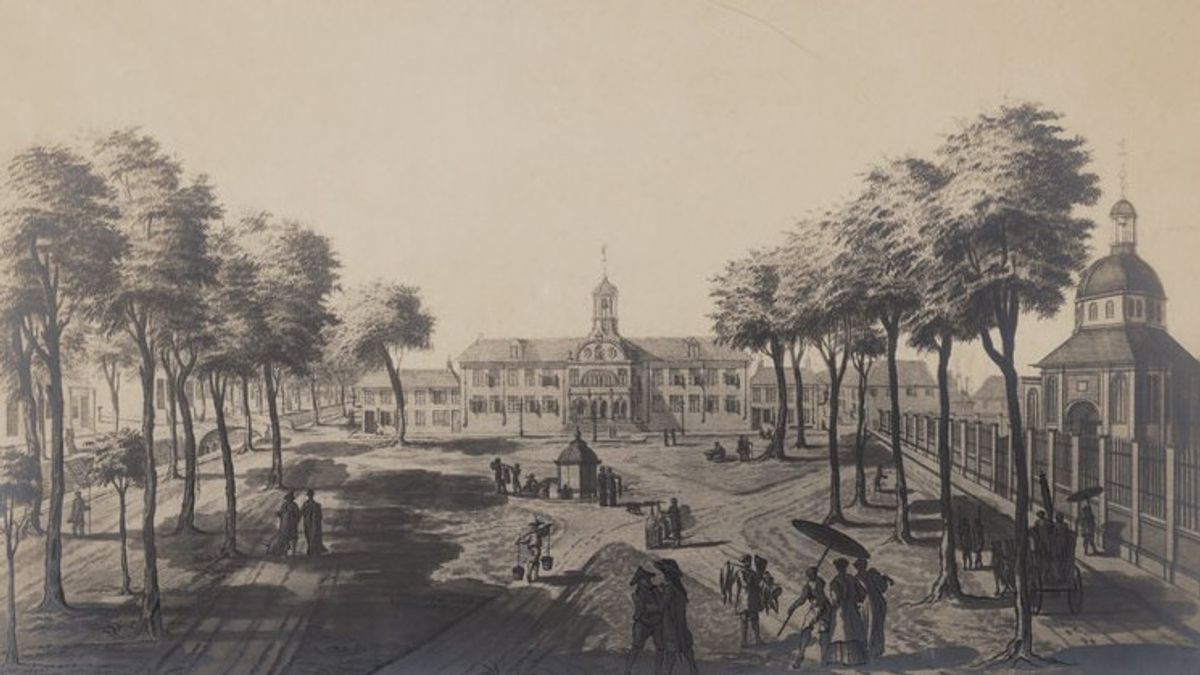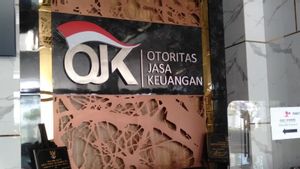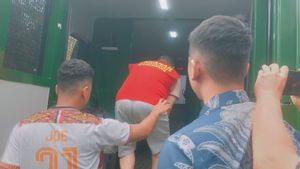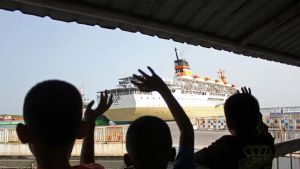JAKARTA History today, 403 years ago, June 26, 1620, the Governor-General of the VOC, Jan Pieterszoon Coen complained to the Company officials in Amsterdam, the Netherlands. He complained that the number of slaves living in Batavia (now: Jakarta) was increasing sharply.
The slave population made Coen worried about their potential to disrupt Batavia's morals and security. Previously, the Company often praised the slavery business. The business helped the Company build the colony a lot. Moreover, the slavery business for the VOC was profitable.
No one doubts the desire of the Company to monopolize the spice trade in the archipelago. They perpetuate everything to gain power. From war to fighting against each other. This power made the Company 'juggle' Jayakarta into Batavia City (now: Jakarta) as the center of power.
The results are brilliant. His power in the archipelago got a bright spot. However, the Company is starting to self-aware. They cannot work alone. The Company's desire to bring other ethnic groups to Batavia surfaced.
This desire was originally directed at the Chinese. The hard work and tenacity of the Chinese people became his cause. Moreover, in the era of the Jan Pieterszoon Coen administration. The Governor-General of the VOC, who had served twice (1619-1623 and 1627-1629), opened the door wide so that the Chinese moved the wheels of the Batavia economy.
The option was successful, but not enough. The Company also racked its brains by starting to bring in many slaves to help all kinds of work of the white man. The slaves were brought in because they were considered the cheapest workers.
Servants can work in all kinds of jobs. Moreover, they can build anything. If there are slaves who are not in accordance with the desire to build the Company, the owner of power can sell slaves to other owners in need. The results of the slave's sale then made the VOC a profit.
Apart from residents of Southeast Asia, Europe, and China, there are still other groups of slave tycoons, namely the Company (VOC) who are more concerned with the availability of cheap labor. To be honest, without the slaves, the fort and defense camps of the Company would not be able to be built.
"Similarly, it was concluded in 1615 by the ruler (Governor General of the VOC) Gerard Reynst. A slave can complete more work than two Dutch people, because hot air and liquor are circulating too much everywhere," said historian Hendrik E. Niemeijer in the book Batavia: Colonial Society of the XVII Century (2012).
Slavery in Batavia is growing rapidly. Saban is a slave day from various regions from abroad and outside the archipelago. This condition made Batavia nicknamed the City of Servants. The nickname was because slaves were present in every economic joints of the city.
However, this development actually worries the founder of the archipelago colonialism, Jan Pieterszoon Coen. The presence of slaves is considered to backfire on Dutch power in Batavia. This is because many slaves who do not have a lot of expertise have the potential to interfere with many things.
Instead of just disturbing the security, the presence of slaves, especially women, could damage the morale of the Dutch. Many Europeans are forced to marry slaves who are considered low. Therefore, many unwanted children were born -- abortion is sometimes perpetuated. He also wrote a special letter containing complaints regarding the crowd of slaves in Batavia to VOC officials in Amsterdam, the Netherlands, June 26, 1620.
All of the slaves are usually transported to Batavia, so that the VOC fort, which is not that large, is now located around the Pantja Niaga building, Jalan Roa Malaka, Jakarta, the city is getting densely populated.
Jan Pieterszoon Coen, in a letter on June 26, 1620, told VOC directors in Amsterdam complaining that the number of slaves and residents of the free city (vrije bogger), namely Europeans who are not Kompeni soldiers in their stronghold settlements, reached two thousand people. This indicates the increasing number of slaves, wrote a Tempo Magazine report entitled Liembar-Lembar Slavery in Batavia (1985).
The English, Chinese, Japanese, Arabic, and French versions are automatically generated by the AI. So there may still be inaccuracies in translating, please always see Indonesian as our main language. (system supported by DigitalSiber.id)












